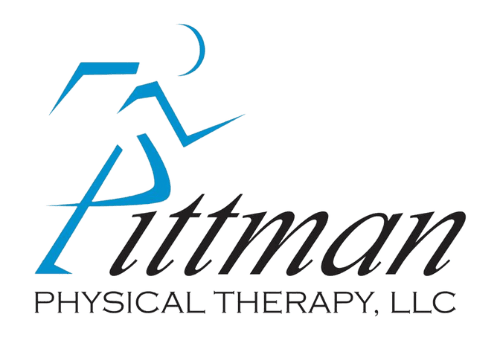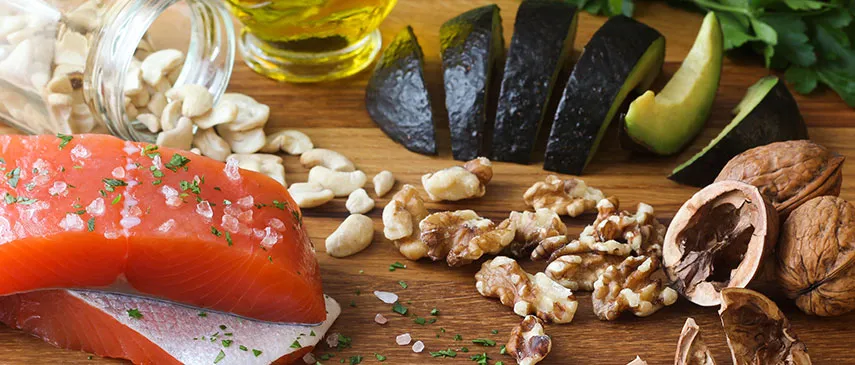Proper nutrition can play a key role if you deal with chronic pain or inflammation in your life. Eating the right foods can help your body recover from many different conditions, which is why diet is an important part of any physical therapy regimen. Proper exercise, reducing stress and eating right can all work together to turn around inflammation and chronic pain. If you’d like to know more, contact Pittman Physical Therapy to schedule a consultation with a physical therapist.
What Causes Inflammation?
Inflammation is the body’s immune response to harm or sickness, and it is part of the body’s healing process. If you have a wound, tissue damage, an infection or buildup of toxins in your body, the immune response is triggered to deal with it. Injuries will not heal without inflammation, but if the inflammatory response goes on too long, it can cause chronic inflammation. That’s bad news, and your physical therapist will want to help you get it under control, because chronic inflammation can lead to much worse outcomes, such as heart disease, diabetes, arthritis and even some cancers. One more thing to note: If you’re feeling pain, there is probably inflammation at that location. The two often go hand in hand.
The traditional methods of dealing with chronic inflammation include lots of rest (which usually means not enough exercise) and medication. A lack of exercise, however, can leave you worse off in the long run than doing the simple stretches and exercises that a physical therapist can teach you. Plus, medications can often carry a host of nasty side effects. You may heal, but is it worth it if you’re groggy all the time (or can’t sleep)? The good news about treating pain and inflammation with diet is that it’s all natural!
An Anti-Inflammatory Diet
Nutritionists have had patients report great success in turning around their symptoms by adopting an anti-inflammatory diet. As the body purifies itself during the inflammation process, you can speed that up by switching to a diet that complements the removal of toxins. There are three basic components to an anti-inflammatory diet. Here they are:
- Heavy on the Vegetables: Vegetables are your new best friend on an anti-inflammatory diet. Broccoli, Brussels sprouts, cauliflower and cabbage are the best options. You’ll want to eat up to nine servings per day, preferably raw. You can substitute fruits for a couple of those servings to break it up, but otherwise, lots and lots of vegetables are the key.
- Less Dairy & Grains: You’ll want to avoid simple carbs and sugars completely to strengthen your body’s immune response as much as possible. No donuts, no pastries and no white breads. Dairy products should be extremely limited, so very little cheese or milk with anything. Whole grains such as barley, oats, brown rice and wheat are best.
- Avoid Red Meat: Red meat should be an extremely rare treat in your diet if you’re working to reduce inflammation. The proteins in red meat require extra work from your kidneys to process, so it will slow down the healing process if you eat a lot of it. One small piece of steak, one time per week, should be your maximum limit. That’s the bad news. The good news is that chicken and fish are just fine for an anti-inflammatory diet. Enjoy them with all of those servings of vegetables!
Additional Keys to Success
If you stick to the diet listed above, you should see your pain and inflammation symptoms start to reduce very quickly. Losing weight is another great way to fight inflammation, so getting down to your ideal body weight will help. Get some daily exercise and learn to manage your stress to see even better results.
Contact our Collierville, TN office today if you’d like to speak with a physical therapist about pain management or additional advice on how to reduce inflammation!



